Graham Reid | | 2 min read

When Helen Clark offered an official government apology to the people of Samoa in 2002 it was easy to be cynical: there was an election looming (some 115,000 people in New Zealand identify themselves as Samoan), and it came around the same time as she offered apologies to the gay and Chinese communities for historic wrongs.
Yet -- as this detailed and compelling account by one of the Pacific’s foremost commentators makes clear -- New Zealand’s early contact with Samoa was often shamefully racist, sometimes woefully wrong-headed and frequently unforgivably repressive, even within the different mores of the period.
The apology was necessary, particularly for the events which lead to the 1918 influenza epidemic which wiped out 22 per cent of the Samoan population (in New Zealand only 0.5 percent died), and the shootings on Black Saturday -- December 28 1929 -- in which a peaceful march of unarmed pro-independence demonstrators was fired on.
Field doesn’t resile from attributing personal blame for the violence and repression inflicted on the Mau independence movement, or from noting that even the current official account appears to diminish the Mau movement and refers to the crowd on Black Saturday as a “mob”.
The bulk of Field’s 200-page book is taken up with a consideration of the suppression of the Mau movement -- which was predominantly pacifist in nature and scrupulously polite by inclination -- by a series of ineffectual, patronising New Zealand governors.
But Field also offers a useful potted history of the early colonial period; the scramble between Germany, the United States and Britain to claim the islands; the uneasy relationship Europeans and Samoans sometimes had with the Chinese community; and -- albeit briefly -- relations between New Zealand and Samoa since independence in 1963.
His account of how the influenza epidemic occurred through the arrival of the vessel Talune (which was allowed to dock in Apia by New Zealand authorities who could not have been unaware of the consequences) is heartbreaking: a chief died in Apia and a boat came from his village to collect the body, all 17 rowers died; a young girl slept between her ailing parents and woke to find them both dead; 80 students in a dormitory lay ill as the New Zealand administrator outside berated them for their laziness and shouted, “I should like to see them all in Hell!”
A hallmark of the New Zealand administrators was paternalism combined with racism, and the belief that any moves towards independence could be suppressed by force.
Colonel Robert Tate (governor 1919-23) said the democratic nature of New Zealand troops towards Samoans fed the “notion that they [Samoans] were as good as the white man”, and his replacement General George Richardson (1923-28) incited fears in New Zealand about a violent Mau rebellion. Colonel Stephen Allen’s brief but bloody period ( May 1928 - April 1931) is shameful.
Field’s research draws on a persuasive collection of private letters, court documents, newspaper accounts and personal knowledge (he spent many years in Samoa), and it makes for very uncomfortable but essential reading.
That apology was long overdue.

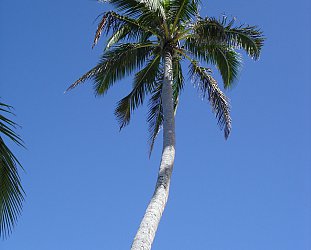
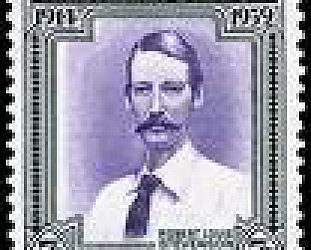
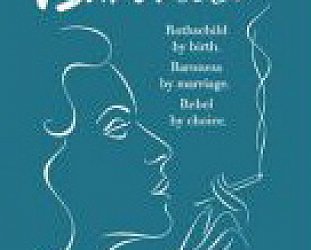

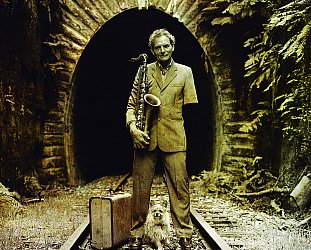
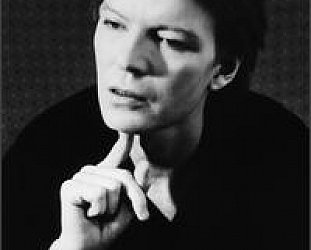
post a comment